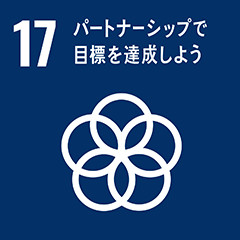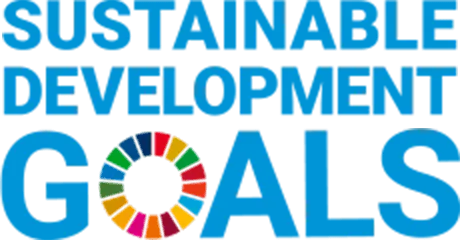Inochi Declaration
To address complex challenges, identify and empower “hubs” that can connect people beyond their affiliations and disciplines.
In recent years, the third sector—comprising non-profit and cooperative organizations such as NPOs, NGOs, and cooperatives—has become increasingly involved in addressing diverse social challenges. These actors engage in collaborative efforts with businesses and governments to tackle so-called “wicked problems,” such as environmental degradation, refugee support, alternative education, and support for the economically disadvantaged—issues that cannot be easily resolved through conventional approaches. Following the Great East Japan Earthquake in 2011, such activities were also seen in the affected areas. However, the extent and effectiveness of these initiatives varied by region. Some communities were successful, while others struggled. This variation appeared to be strongly influenced by the structure of social networks—specifically, the human connections within the third sector.
Taku Sugano from Osaka Metropolitan University conducted an interview-based study to analyze these social network structures. He asked key figures in the third sector:
“Please name up to 10 individuals you trusted or relied on during the Great East Japan Earthquake. They may be affiliated with government, businesses, or third sector organizations. The connections may have existed before or emerged after the disaster, and the individuals may reside inside or outside of the affected areas.”
He then interviewed those named—provided they were third-sector individuals who had lived in the affected areas after the disaster—repeating this process 80 times. In theory, this would result in a network of up to 800 key individuals (80 people naming up to 10 each). In practice, 459 individuals were identified. Most respondents named 10 people, indicating that many names were mentioned by multiple individuals.
Sugano’s analysis revealed a key feature of this network: while most individuals were named only once, a few were mentioned repeatedly. These individuals functioned as “hubs” with many connections. Networks that include such hubs are known as “scale-free networks,” characterized by resilience to random disruptions and high information transmission efficiency. The internet is a prime example, where search engines like Google serve as hubs, enabling users to navigate billions of websites in just a few clicks. Similarly, the third sector’s social network, by virtue of these hubs, allows for the rapid spread of information and efficient sharing of knowledge and resources. Hubs play a pivotal role in connecting people in response to problems, mobilizing knowledge and assets, clarifying issues, and fostering the emergence of solutions.

Diagram: Social Network of Key Third-Sector Figures (June 23, 2016)
A single circle represents one person; size reflects the number of mentions. Circles are grouped by region, and lines between circles indicate social connections.
(Source: Sugano, 2020)
Too often, efforts—via selection and concentration— focus on problems that are well-defined and already have clear solutions. As a result, wicked problems that are ambiguous and lack obvious solutions tend to be neglected. To continue addressing such complex issues effectively, the Inochi Forum will collaborate with governments, businesses, and third-sector organizations to identify hub individuals, clarify the conditions that enable them to thrive, and work to ensure that by 2030, a supportive environment is established in which hubs can fully play their roles. We will advocate for this to be positioned within national policies, the SDGs, and post-SDG goals through engagement with diverse stakeholders.
[References]
・Networks as a solution to ‘difficult problems’: What are the ‘hubs’ that hold the key to disaster recovery doing?
https://ssir-j.org/networks_as_a_way_to_solve_wicked_problems/
・Sugano, Taku (2020). Innovation Birthed by Connection: The Third Sector and Emergent Communities, Nakanishiya Publishing.
・Sugano, Taku (2022). “Weaving Networks: The Role of People
Who Connect Others,” in Solving Wicked Problems Together, edited by Takao Dome and Goro Yamazaki, Sekai Shisosha.
[Action Platform]
SDGs+Beyond
[SDGs]


